Beer Ingredients
Malt
Malt is grain (often barley) that is made by soaking it in water, allowing it to begin germination, and then drying the partially germinated grain in a kiln. Malting grain produces enzymes that will allow conversion from starches in the grain into fermentable sugars during the mash process. Different roasting times and temperatures are used to produce different colors of malt from the same grain.

Hops
Hops are the flowers of the hop plant Humulus lupulus. They are used primarily as a bittering, flavoring, and stability agent in beer, to which, in addition to bitterness, they impart floral, fruity, or citrus flavors and aromas. Many different varieties of hops are grown by farmers around the world, with different types used for particular styles of beer.
Hop pellets are simply whole cone hops that have undergone a special pelletization process. The whole hops are stripped from the bines during harvest, processed, and then pushed through special compression tubes that force the hop matter into firm pellets. These pellets are used in an overwhelming majority of brewing applications for both commercial and hobby brewers.

Yeast
Yeast is the microorganism that is responsible for fermentation in beer. Yeast metabolizes the sugars extracted from grains, which produces alcohol and carbon dioxide, and thereby turns wort into beer. In addition to fermenting the beer, yeast influences the character and flavor. The dominant types of yeast used to make beer are Saccharomyces cerevisiae, known as ale yeast, and Saccharomyces pastorianus, known as lager yeast; Brettanomyces ferments lambics, and Torulaspora delbrueckii ferments Bavarian weissbier. Before the role of yeast in fermentation was understood, fermentation involved wild or airborne yeasts, and a few styles such as lambics still use this method today. Emil Christian Hansen, a Danish biochemist employed by the Carlsberg Laboratory, developed pure yeast cultures which were introduced into the Carlsberg brewery in 1883, and pure yeast strains are now the main fermenting source used worldwide.

Water
Water is the main ingredient of beer, accounting for 93% of its weight. Though water itself is, ideally, flavorless, its level of dissolved minerals, specifically, bicarbonate ion, does influence beer's finished taste. Due to the mineral properties of each region's water, specific areas were originally the sole producers of certain types of beer, each identifiable by regional characteristics. Regional geology accords that Dublin's hard water is well-suited to making stout, such as Guinness, while the Plzeň Region's soft water is ideal for brewing Pilsner (pale lager), such as Pilsner Urquell. The waters of Burton in England contain gypsum, which benefits making pale ale to such a degree that brewers of pale ales will add gypsum to the local water.
You know what water looks like, right?
